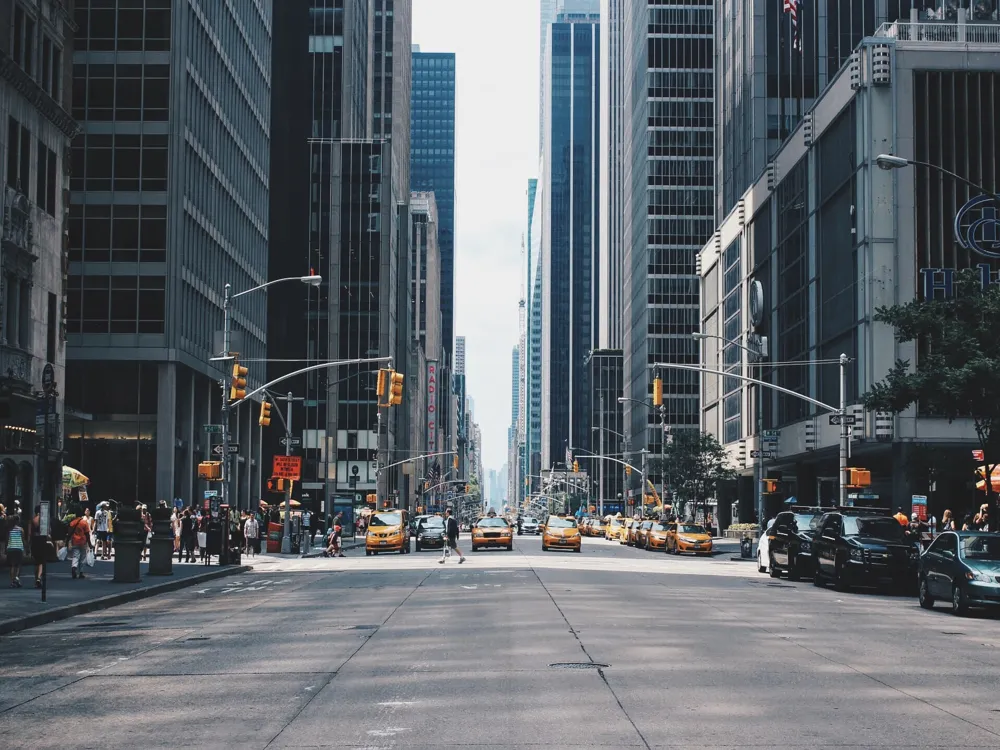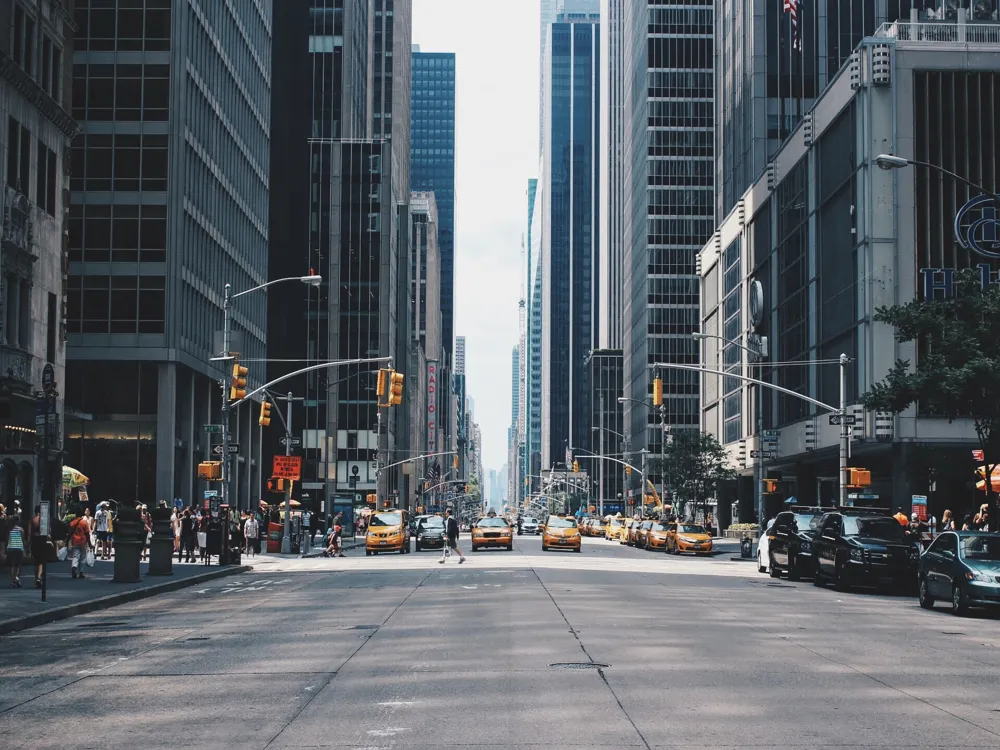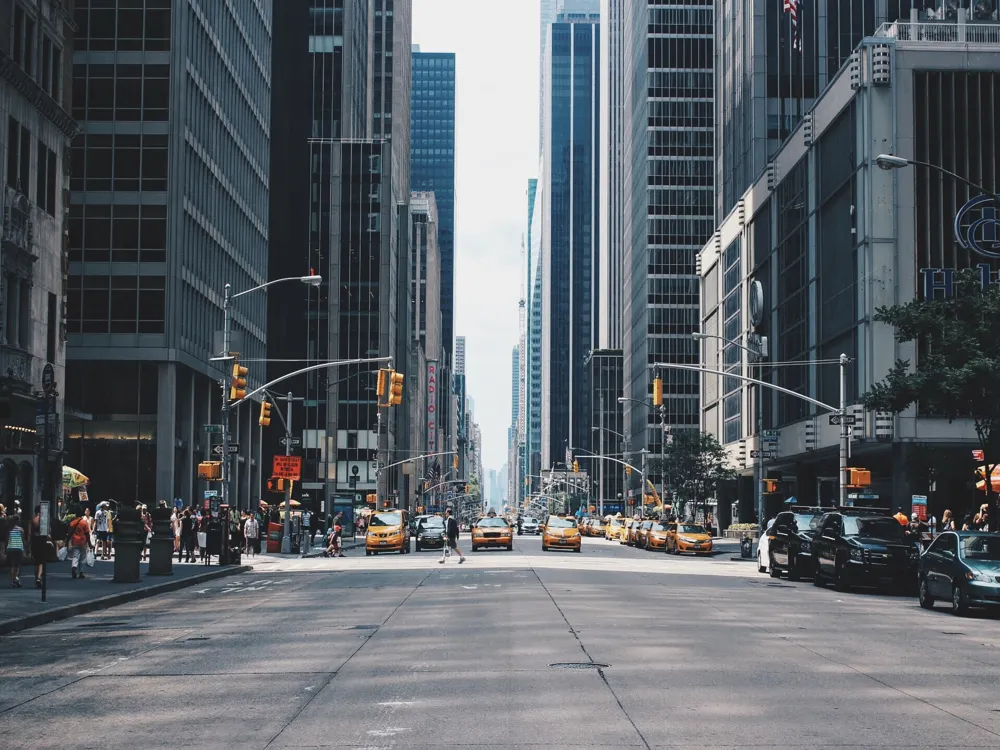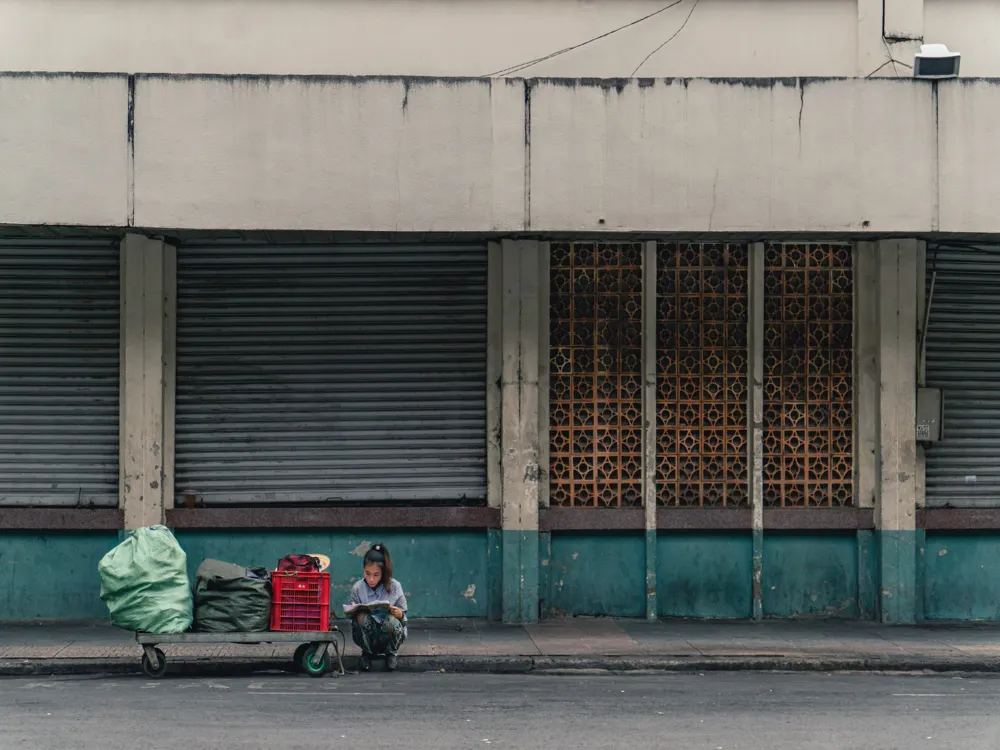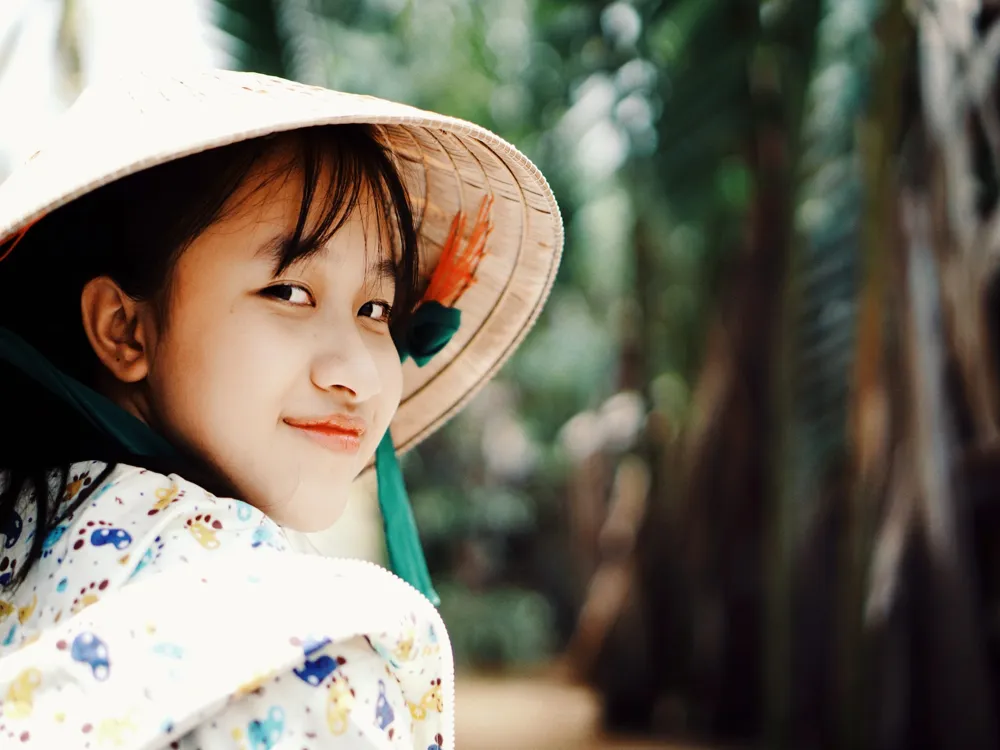Nestled in the bustling heart of Ho Chi Minh City, Xa Loi Pagoda stands as a beacon of tranquility and spiritual significance. This revered site, known for its rich history and cultural importance, invites visitors to explore the depths of Vietnam's Buddhist traditions. The pagoda, established in 1956, has witnessed the dynamic changes of the city and remains an integral part of its spiritual landscape. Its name, Xa Loi, refers to the relics of the Buddha, emphasizing its sacred nature. The Xa Loi Pagoda is not just a place of worship but also a symbol of resilience and peace. It played a pivotal role during the Buddhist Crisis of 1963, serving as a center for Buddhist protests against the South Vietnamese government. This period marked a significant chapter in Vietnam's history, and the pagoda stood at its epicenter. Today, it continues to attract visitors, not only for its religious significance but also as a testament to the unyielding spirit of the Vietnamese people. As you step into the premises of Xa Loi Pagoda, you are immediately enveloped in an atmosphere of serenity. The pagoda complex includes several structures, each with its own unique architectural and spiritual elements. Visitors are often struck by the harmonious blend of traditional Vietnamese designs with influences from other Buddhist countries, reflecting Vietnam's diverse cultural tapestry. The architecture of Xa Loi Pagoda is a fascinating amalgamation of traditional Vietnamese design and influences from other Buddhist nations. As one of the largest pagodas in Ho Chi Minh City, it boasts an impressive structure that encapsulates the essence of Buddhist architectural principles. The main hall, adorned with intricate carvings and statues, serves as the focal point of the complex. It houses an impressive Buddha statue, creating a profound sense of reverence among visitors. The pagoda's design is characterized by its multi-tiered roofs, ornate decorations, and the use of vibrant colors that signify various aspects of Buddhist philosophy. The roofs, with their curved edges, symbolize the connection between the earthly realm and the spiritual world. The intricate carvings on the wooden doors and pillars depict scenes from Buddhist lore, offering insights into the teachings of Buddha. One of the striking features of Xa Loi Pagoda is its bell tower, which stands as a testament to the architectural ingenuity of the era. The tower houses a massive bronze bell, whose resonant chimes add to the spiritual ambiance of the site. The pagoda's gardens are another highlight, featuring well-manicured greenery, serene lotus ponds, and statues that create a meditative space for visitors. Visitors should dress conservatively to respect the sanctity of the pagoda. It's recommended to wear clothing that covers shoulders and knees. As a place of worship, it's important to maintain a respectful demeanor. Avoid loud conversations and ensure your phone is on silent mode. While photography is allowed, be respectful and avoid taking pictures during prayer times or of monks without permission. Take your time to explore the various sections of the pagoda, but be mindful not to disturb the monks or worshippers. Xa Loi Pagoda is easily accessible from various parts of Ho Chi Minh City. The most convenient way to reach the pagoda is by taxi or ride-hailing services like Grab. For those preferring public transportation, various bus routes stop near the pagoda. Alternatively, visitors can explore the option of renting a bike or a scooter, which offers a more adventurous way to navigate the city and reach the pagoda. Read MoreOverview of Xa Loi Pagoda in Ho Chi Minh City
Architecture of Xa Loi Pagoda
Tips When Visiting Xa Loi Pagoda
Dress Appropriately
Be Mindful of Cultural Norms
Photography Etiquette
Explore with Awareness
How To Reach Xa Loi Pagoda
Xa Loi Pagoda
Ho Chi Minh City
₹ 17,501 onwards
View ho-chi-minh-city Packages
Ho-chi-minh-city Travel Packages
View All Packages For Ho-chi-minh-city
Top Hotel Collections for Ho-chi-minh-city

Private Pool

Luxury Hotels

5-Star Hotels

Pet Friendly
Top Hotels Near Ho-chi-minh-city
Other Top Ranking Places In Ho-chi-minh-city
View All Places To Visit In ho-chi-minh-city
View ho-chi-minh-city Packages
Ho-chi-minh-city Travel Packages
View All Packages For Ho-chi-minh-city
Top Hotel Collections for Ho-chi-minh-city

Private Pool

Luxury Hotels

5-Star Hotels

Pet Friendly







